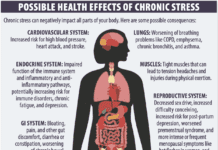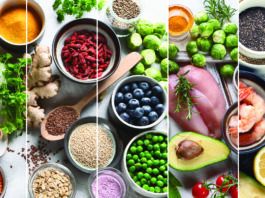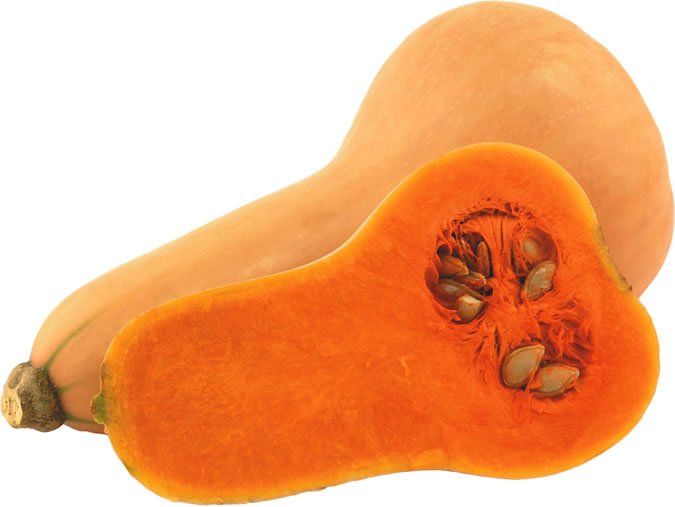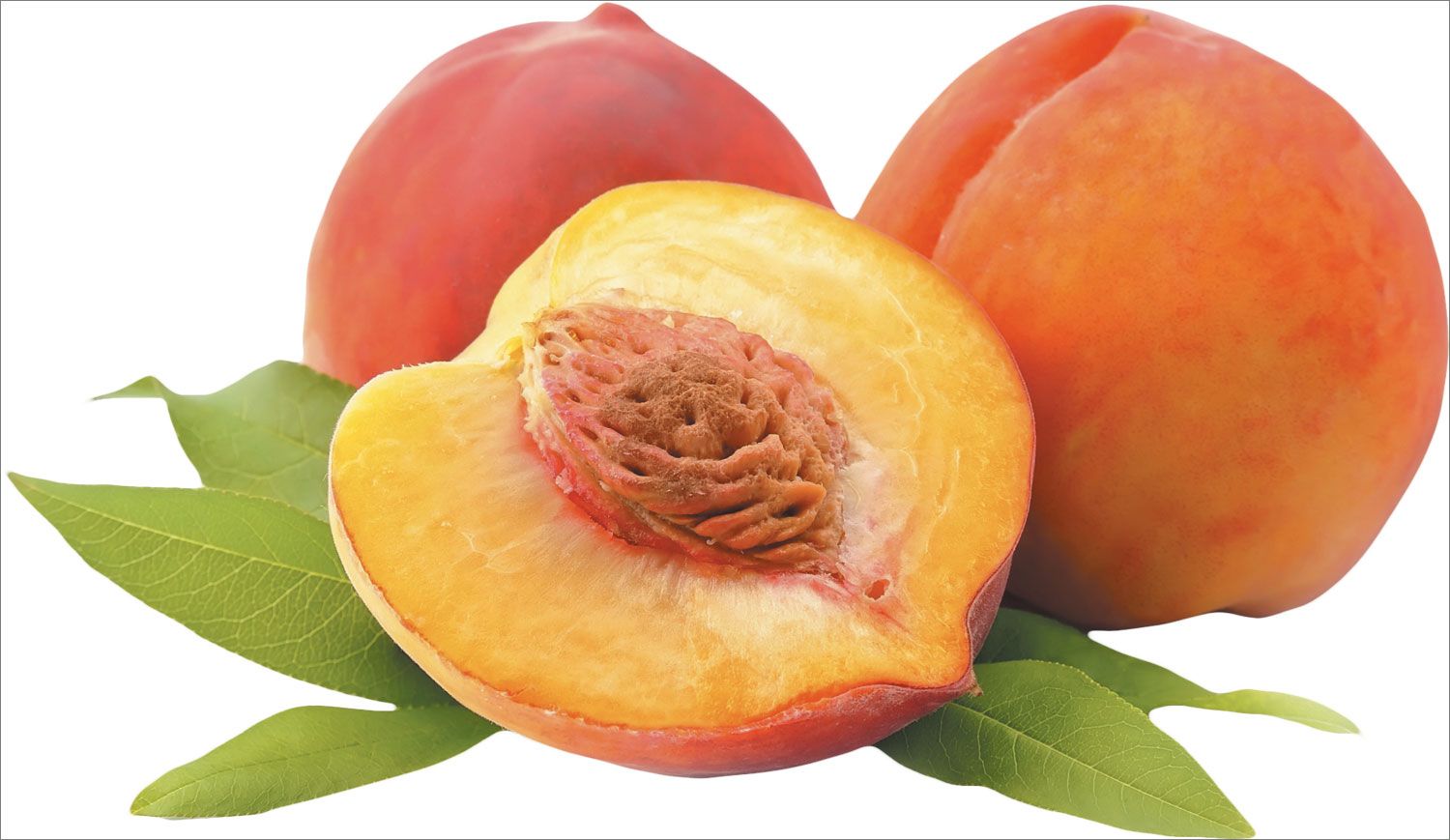Organic Crops Found Higher in Antioxidants
Are organic fruits, vegetables and grains better for you? No one disputes that organic foods are lower in synthetic pesticides, though how important that is to your health remains controversial, as long as levels fall below EPA thresholds. But most studies have found little difference between organic and conventionally grown crops in nutritional value.
Beyond Pumpkin: Harvest the Health Benefits of Winter Squash
This seasons culinary and cultural spotlight shines on the pumpkin, but the jack-o-lanterns less-celebrated cousins-winter squash-are also at their peak of flavor and nutrition. Like the pumpkin, butternut, acorn and other winter squash are technically fruits, but are consumed more like vegetables. Though they vary by species, winter squash are at least as nutritious as pumpkin and deliver more nutrients than summer varieties like zucchini. Its no wonder the pre-Colombian Native Americans who first cultivated winter squash buried them with their dead to provide nourishment for the journey to the afterlife.
Extra Magnesium May Boost Your Physical Performance
Getting more magnesium might help you maintain mobility as you age. A new Italian randomized trial reports that daily supplementation with 300 milligrams of magnesium improved physical performance in older women. Among the benefits was a faster gait speed-a key factor in diagnosing sarcopenia, the frailty associated with loss of lean muscle mass in aging.
Q. Your August newsletter article on BMI and age was very interesting. How much...
AIrwin H. Rosenberg, MD, editor of the Tufts Health & Nutrition Letter, replies: I think the preferred height measure is the pre-aging one or, as is sometimes done, use of knee height (adjusted to fit the BMI formula), which doesnt shrink with compressed spine. A smaller height measurement due to spinal compression with aging would indeed shift a BMI calculation to a lower value and project a safer level than would be real based on…
Pick Peaches for Healthy Nutrients
Fresh peach season provides a fuzzy-skinned, sweet and juicy invitation to enjoy the nutritional goodness of these favorite fruits. Peaches are low in calories and glycemic index, a good source of vitamins, phytonutrients and fiber, and may even help fight cancer.
Q.Does drinking almond milk provide the same health benefits as consuming the actual nut?
Q.Does drinking almond milk provide the same health benefits as consuming the actual nut?
Q. I try to avoid foods with hydrogenated in the ingredients, knowing this refers...
Q. I try to avoid foods with hydrogenated in the ingredients, knowing this refers to trans fats. But what about autolyzed (as in autolyzed yeast extract) or hydrolyzed (as in hydrolyzed vegetable protein)? Should these also be avoided?
Consumers Like Organic, Even If Confused on Meaning
A new survey finds 84% of US consumers say they sometimes buy organic foods, and 45% buy organic at least once a month. But the survey of 1,016 adults, conducted by Opinion Research Corp. for Consumer Reports, also turned up some consumer confusion over what exactly that USDA organic certification means. Fewer than half, for example, knew that the organic seal on poultry or eggs means that the chickens went outdoors and had a certain minimum amount of living space. (Nearly two-thirds, however, thought organic should signify such requirements.) And 20% reported buying organic fish, even though the USDA has no such standard; nearly all (92%) said the agency should have guidelines for organic fish.
Foodborne Illness Rates Little Changed
Were not exactly winning the war on foodborne illnesses, but at least last year we battled to a draw. According to a new report from the Centers for Disease Control and Prevention (CDC), rates for illness and hospital admissions in 2013 were down marginally from 2012. Deaths were up slightly, based on laboratory-confirmed infections caused by nine pathogens at 10 US sampling sites. Looking at specific pathogens, salmonella cases were down but still accounted for the most infections; only campylobacter, mostly from poultry and raw milk, came close. The sharpest increase, though still a small percentage of total cases, came from vibrio, a bacterium found in raw shellfish such as oysters; warmer coastal waters may be to blame, CDC experts said.
Review: Menu Calorie Counts Not Enough
Even as larger restaurant chains are adding calorie labels to their menus, as required by the Affordable Care Act, a review of the evidence cautions that those numbers alone may not change consumer behavior. The review of 31 studies, published in the Journal of Community Health, concluded that the best-designed studies show that calorie labels do not have the desired effect in reducing total calories ordered. Women, dieters and upper-income diners paid the most attention to restaurant calorie numbers, but overall the impact was negligible. It may be the case that calorie labeling alone is not sufficient to modify consumer behavior in the desired direction, researchers wrote. Other presentation formats, including color coding, physical activity equivalents and healthy logos or traffic lights, might prove more successful, they added.































